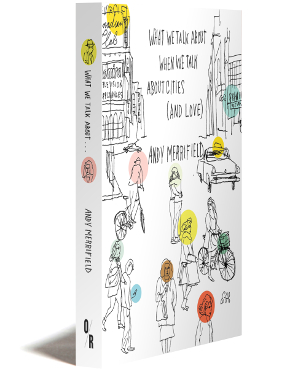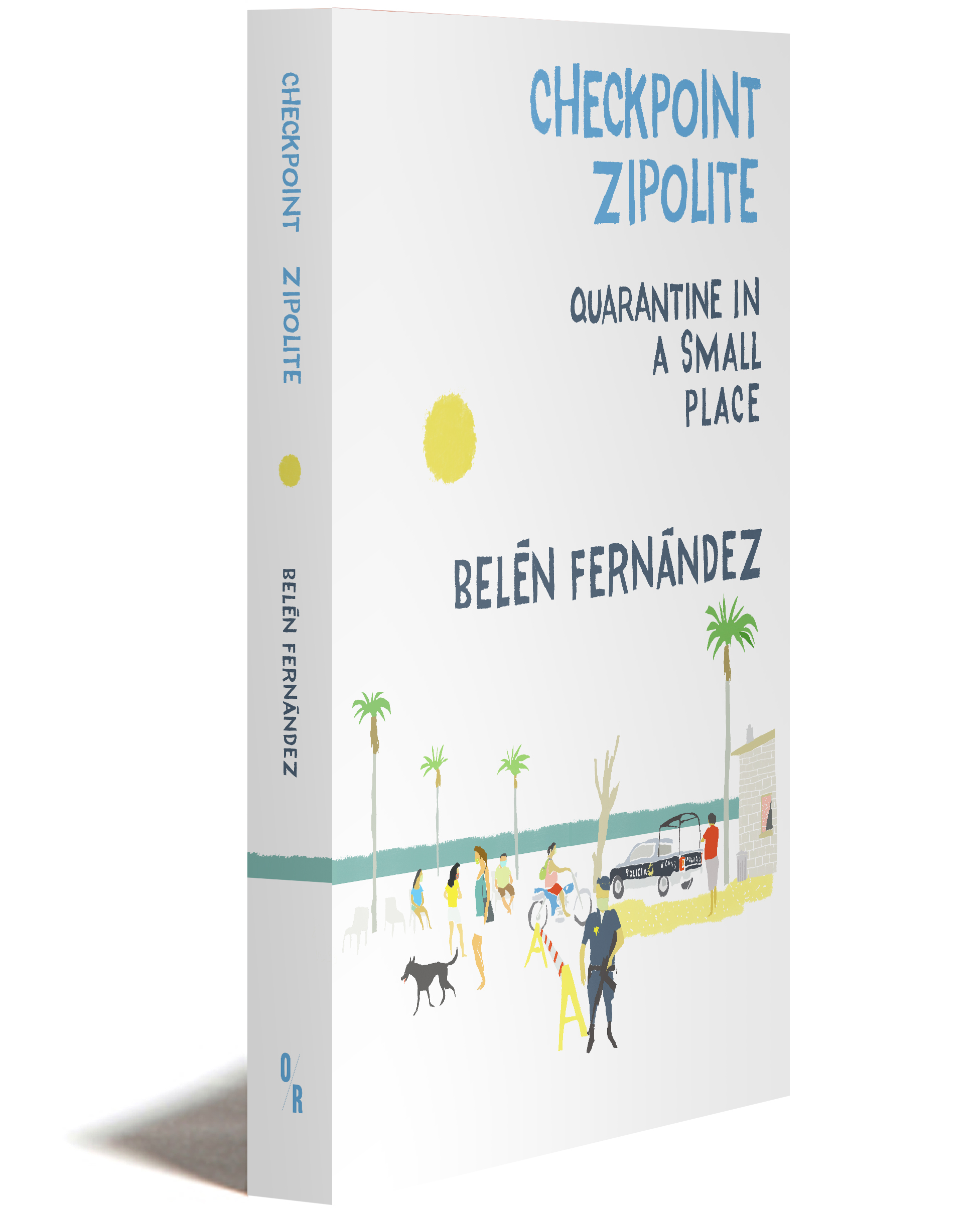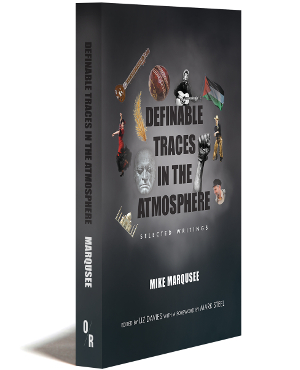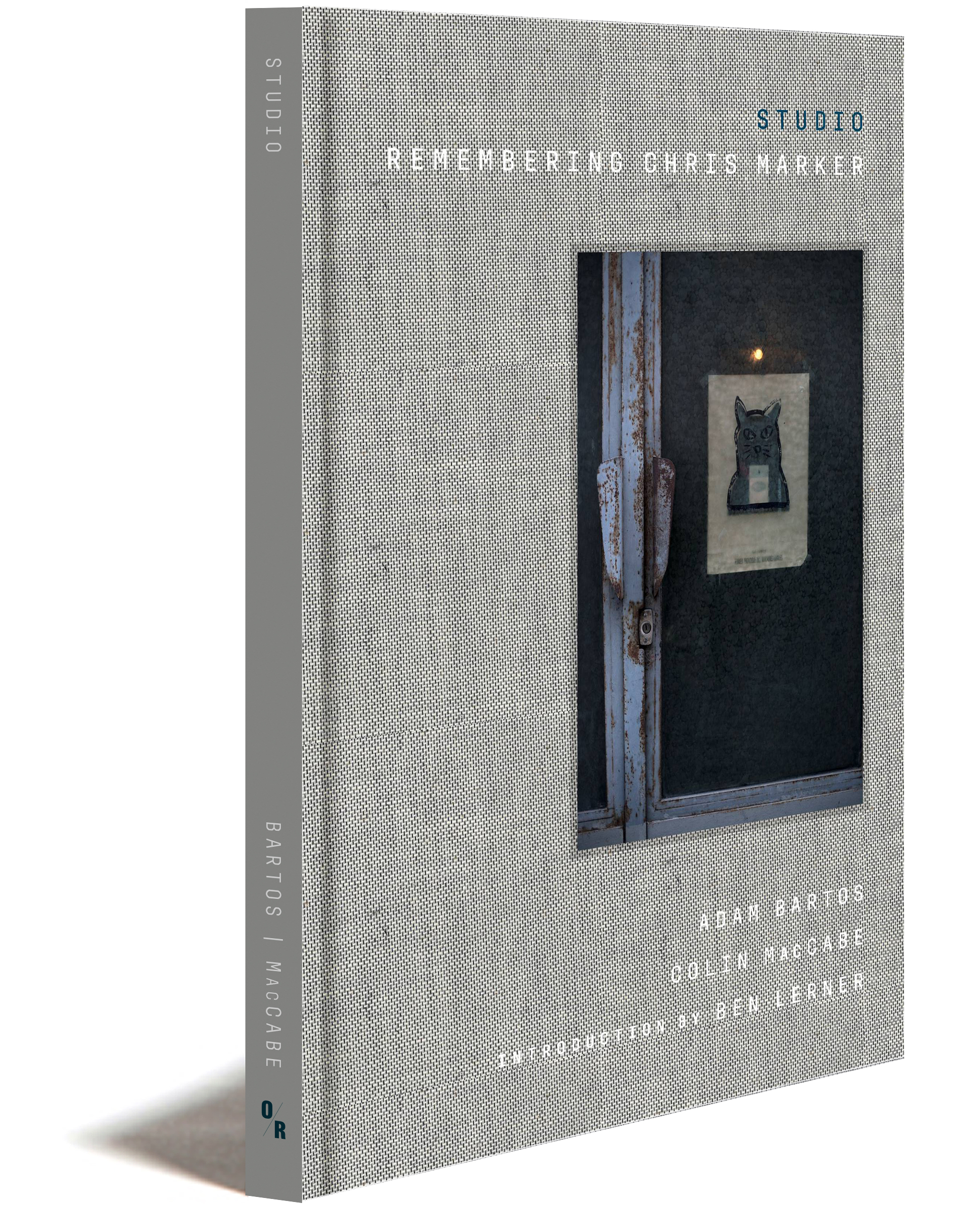What We Talk About When We Talk About Cities
(And Love)
“Andy Merrifield is original, erudite, politically alive and readable.” —John Berger
“Dip into any page of Merrifield’s idiosyncratic and learned commentary on urbanity and politics and you’ll take away memorable insights.” —Andrew Ross
“Merrifield is accessible, optimistic and even fun.” —The New York Times
“Andy Merrifield is an exciting writer who brings a fresh perspective to the political debate.”
—New Internationalist
Tweet
Buy This Book
|
Paperback: $18/£13
|
E-book: $10/£7
|
Print + E-book: $24/£17
|
About the Book
In often dreamlike peregrinations around his home towns of Liverpool, London and New York Andy Merrifield reflects on what cities mean to us and how they shape the way we think. As he wanders, Merrifield’s reveries circle questions: Can we talk about cities in the absolute, discovering their essence beneath the particulars? Is it possible truly to love or hate a city, to experience it carnally or viscerally? Might we find true love in the city?
Merrifield does find love in the city: with his future wife, whom he takes on a date to see his hero Spalding Gray’s “It’s a Slippery Slope” at London’s South Bank and soon after moves in with, to a tiny place in Bloomsbury where they celebrate the brilliance of new romance by painting the walls turquoise and gold. And for the fellow urbanist Marshall Berman, another working class boy who went up to Oxford. Berman takes Merrifield under his wing and shows him the thrills available in Dostoevsky and Marx over cups of coffee in ordinary cafes on New York City’s Upper West Side.
The mood music to these love affairs is provided by a rich repertoire of intellects, from Jane Jacobs to Mike Davis, from Louis Malle to Walter Benjamin. John Lennon, a pupil, like Merrifield, at Quarry Bank school in Liverpool, enters the story; so too the novelist and critic John Berger. And providing tonality throughout is the stripped down, razor honed talk about love in the stories of Raymond Carver.
306 pages • Paperback ISBN 978-1-682191-43-9 • E-book 978-1-682191-44-6
About the Author
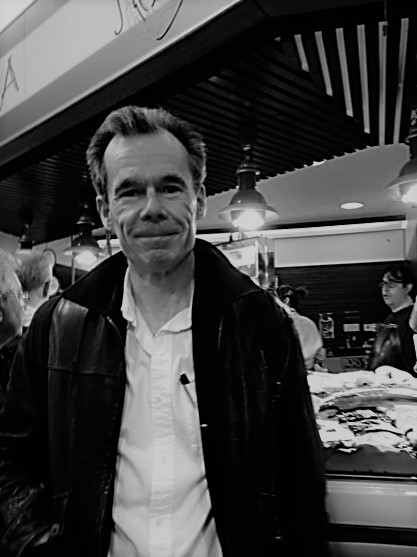
Photo © Corinna Hawkes
|
Andy Merrifield is the author of ten books including works on urbanism and social theory such as The New Urban Question and Magical Marxism, biographies of Henri Lefebvre, Guy Debord and John Berger, a popular travelogue, The Wisdom of Donkeys, and a manifesto for liberated living, The Amateur. His journalism has appeared in the Nation, Harper’s, Adbusters, New Left Review, Dissent, the Brooklyn Rail, and Radical Philosophy. |
Read an Excerpt
In the early 1990s, Marshall [Berman] told me he was working on a book called “Living for the city”—“after the Stevie Wonder song.” He’d been thinking about this book for a long while, ever since finishing All That is Solid Melts into Air. The problem was he hadn’t written much of it—hadn’t been able to, was paralysed somehow, blocked. He’d continued to talk and teach, in Harlem, at the City College of New York (CCNY), and at the City University of New York (CUNY) Graduate Center, and plenty poured out of him—essays and reviews in publications like the Nation, the Village Voice and Dissent. But all that looked like a pile of fragments, he said.
Living for the city had been rough during the 1980s, rougher than talking about it. Marshall’s town, New York, was blighted by fiscal crisis, deindustrialization, decline and hard drugs, even while banks and Wall Street piled up spectacular profits. It was a bonfire of the vanities that Mayor Ed Koch ran with aggressive bluster and meanness. “It felt as if he poisoned the air every time he opened his mouth,” Marshall said. The decade started off personally very badly, too. In 1980, Marshall’s five year old son, Marc, died. Then Marshall got sick himself, nearly died of a brain abscess.
I remember we were sitting across from one another in a booth at one of Marshall’s favorite eateries, the Metro Diner, on Broadway at West 100th Street, on the Upper West Side. The Metro had been around since 1989. But the site itself is one of the neighbourhood’s oldest structures, dating back to 1871, when it was a grocery store. Its owner today is a Greek-immigrant businessman, Fanis Tsiamtsiouris, known as “Frank.” Seven hundred cups of coffee get poured there each day, a hundred and fifty-odd hamburgers grilled, and twelve hundred eggs cracked open by staff hailing from all over the world.
I sat overlooking 100th Street, looking westward, on the lookout for Marshall. But he came from the other direction, from the subway. When he arrived he said I should shift around to face the other way, to look eastward. He was keen for me to watch the action along Upper Broadway, the neighbourhood’s central artery. Upper Broadway was very special to him and he wanted to share the pleasure. He wanted me to see it for myself. It was such a sweet thing to do. I’ll always remember it. The Metro Diner had been one of my first New York ports of call with Marshall. Unbeknownst to me then, two decades later, it would be his last. He’d keel over in the morning on that awful New York day, September 11th, in 2013, his heart giving out, breakfasting with his old Bronx pal, the photographer Mel Rosenthal. Marshall was seventy two.
After our Metro Diner encounter, Marshall invited me back to his apartment. I schlepped slowly around the corner with him, up the gentle incline of West 100th Street, past the Ansche Chesed Synagogue he sometimes attended, and the Morningside Montessori school his son Danny would go to, then right on West End Avenue, to a building older than most of the neighborhood’s, constructed in 1913, after George and Edward Blum’s Art Nouveau design, frayed by years but still with its strikingly ornate façade.
The first thing that hit anybody entering Marshall’s seventh-floor apartment was books. Copies and assorted translations of All That is Solid were stacked overhead in the coat closet; novels filled shelves in the main passage way; a hidden revolving bookshelf contained a voluminous Marx and Freud collection, “needing security clearance for access,” he’d joke. Books burst out of the cupboards, lined the walls of an adjoining room, where, in a little niche in the far corner, adjacent to a window, peering down onto the street, lurked Marshall’s work desk, his intellectual cockpit.
Marshall took off his shoes and socks and encouraged me to hang out with him on the living room floor, next to the sofa, not on it. Soon his curious mind was gently pumping me full with questions: who was I? What did I love? Whom did I love? It was our own secret be-in. I was thrilled. I’d read him for years; now, I was slouching next to him on the rug, in his world! It was a new-found land for me. And I wanted more of it. This was the life I wanted to lead, the city life I wanted, the way I wanted to be in the city, in New York, on the Upper West Side. You know, an apartment full of books and art, tall ceilings, diners close-by, a bagel for breakfast. Nothing spick-and-span; a little shabby, a little ruined—a life burning in every moment.
Not long afterward, I found this city life, made it to New York, to the Upper West Side, got myself a Green Card, was a permanent resident. Great floodgates of the wonder-world swung open. It had been Marshall who’d inspired me to come. And I did for a while, for several troubled years, happy years. Marshall and wife Shellie became dear friends, a dynamic duo inspiring my wife and I, inspiring us how to live, how to be happy, in love. Marshall wrote us a glowing co-op board reference, helping us buy ourselves a broom closet on West 93rd street, near Central Park, telling them how much we loved the Upper West Side, how much the Upper West Side needed people who cared, people like us. So please let them into your building! That was pretty much it for Marshall, his style, both lyrical and childlike, a truth and sincerity that cut through the crap, that made crap honest. My love affair with the city had begun, had found vital human expression. But like all true love it was impulsive, as crazy as Carver’s Ed’s, never running smooth.
I did fall in love with New York City. Not exactly at first sight. It was something else. I mean, I was too young then to know true love—apart from for my mother. It was 1970. I was only ten. My parents took me to visit my Aunt Rene, my mother’s sister, who, since 1968, had lived near Boston. We spent a few days exploring New York beforehand, staying in some fleapit hotel near Times Square. To make the trip over, my mum and dad saved money for ages, forsaking a lot. My pals at school couldn’t believe I was going to America, especially because they had parents much richer than mine.
For years afterward I kept the free Pan Am bag we’d received on board the plane. In it, I stashed the floor plan of the Empire State Building that I’d collected. I had big ideas about living in the Empire State Building, not knowing, nor caring, that nobody actually lived in the Empire State Building. Atop of the world, on its 86th floor, I’d seen before me my own destiny, down there, on the street, with its crowds, its yellow phantasmagoria. That was what I wanted to talk about, this adventure urbanism. It was more intrigue than love, more fascination, piqued by fear. This was a scary place for a kid from Liverpool whose farthest voyage hitherto had been to a crummy beach in North Wales, where it rained all the while.
Alien smells, weird names, heat, people—most of all I remember people—even more than tall buildings, people on the street, people just standing about, people doing nothing in the amidst of other people, waiting on street corners; and litter, swirling mounds of litter everywhere, getting tossed in the warm breeze; and yellow cabs, and car horns honking. Everything seemed in motion, in Technicolor. The frame was full; stuff was happening. In Liverpool, the frame was empty, lifeless, life-sapping. Everything was gray, different shades of gray; darker grays for the buildings, lighter grays for the sky. Sometimes it was the other way around. The gray in gray of life grown old, even while I was young. Greyness entered your soul. I wanted colour, life. I wanted elsewhere.
In the Media
- “I found myself transfixed, oddly enamored, identifying with Merrifield’s discovery of different parts of himself not just through his love for people and cities but through falling out of those loves” — WHAT WE TALK ABOUT WHEN WE TALK ABOUT CITIES (AND LOVE) reviewed in To Whom It May Concern (3/25/2021)
- How Vanya on 42nd Street Captured a Changing New York City – read an excerpt from WHAT WE TALK ABOUT WHEN WE TALK ABOUT CITIES (AND LOVE) in Literary Hub (6/11/2018)
- “Dreamlike peregrinations…” WHAT WE TALK ABOUT WHEN WE TALK ABOUT CITIES (AND LOVE) reviewed at Progressive Geographies (4/30/2018)


